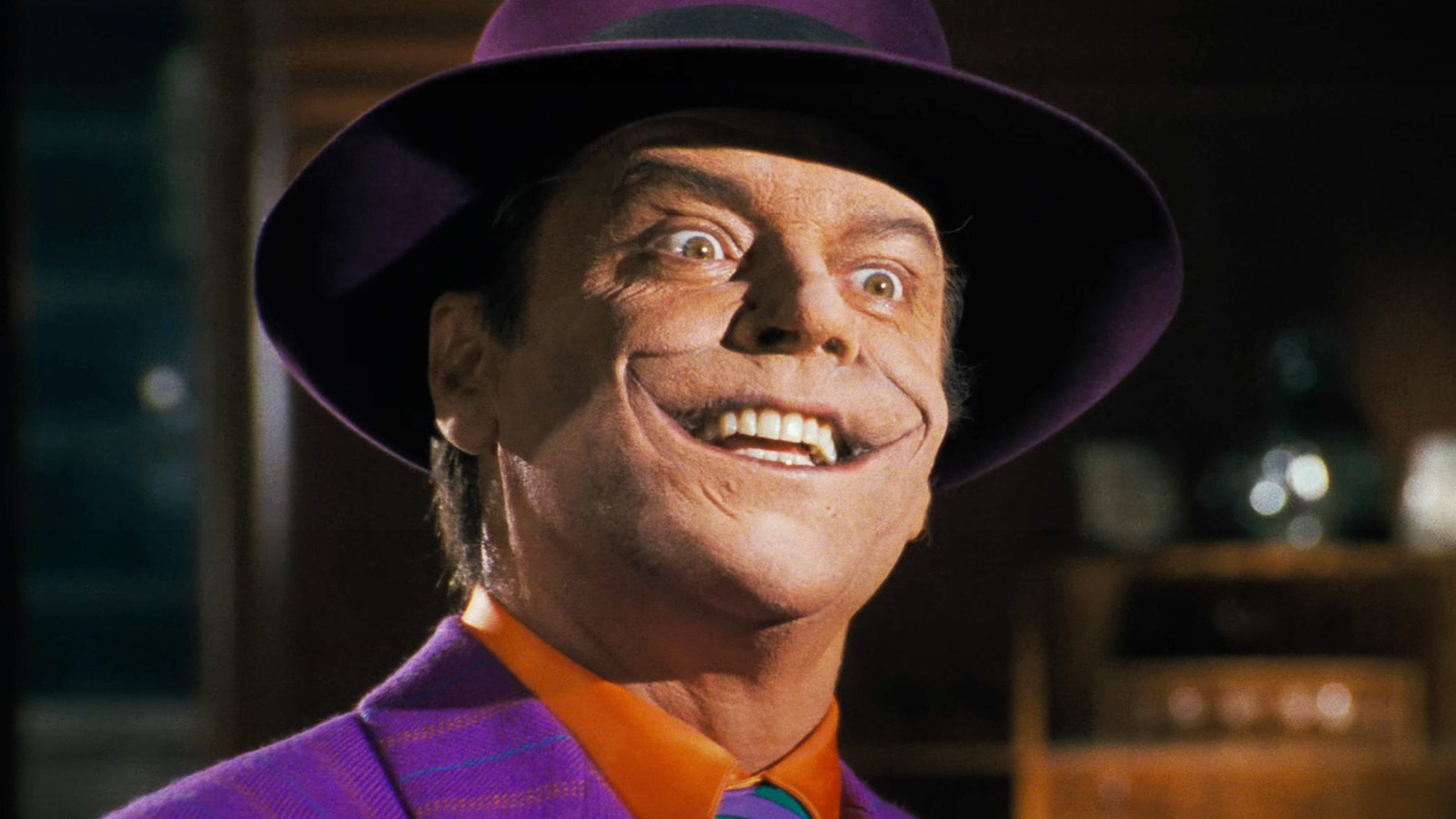Jack Nicholson's Impact in Tim Burton's Batman
Jack Nicholson's portrayal in Tim Burton's 1989 Batman brought a darker, more complex character to the superhero genre.

The Evolution of Batman: From Campy Vigilante to Gothic Icon outlines the major changes in Batman’s screen depiction, as well as the cinematic context that influenced these changes. It elaborates on these changes, including the differences between Tim Burton’s 1989 Batman and its predecessors, such as its characterization of Batman, the way in which Batman and the Joker are similar, and the further cultural development of a superhero character.
The analysis of Batman’s evolution includes both primary sources (Tim Burton’s 1989 Batman) and secondary sources that analyze the superhero genre in general, and Batman on screen, particularly. This analysis is combined with the author’s inferences on how Burton’s movie influenced future movies.
Tim Burton’s 1989 Batman introduced a number of elements that distinguished it from previous works and had a major influence on the further development of Batman in movies. These elements include a significantly different portrayal of Batman that made him a more ambiguous and darker — yet also a more interesting — character. In addition, the movie made Batman and the Joker similar to each other, to emphasize their similarities and show the protagonist in a less favorable light than most traditional superhero movies did. Tim Burton’s 1989 Batman defined both a new stage in the development of Batman’s on-screen persona and a new genre of superhero movies — one that made significant changes to the traditional image of a perfect, morally righteous, emotionally one-layered superhero.
Batman was featured on screen many times since the 1940s; every decade’s version of the movie reflected the most important events of its era and its specific audience expectations. 1980s and 1990s in America were the times of the superhero movies’ introduction and growth; these movies were not only a tool of entertainment but often reflected the social context of the time.
The given paper will analyze Tim Burton’s 1989 Batman, made in the context of 1980s and 1990s cultural and cinematic trends, and how it influenced further movies.
Burton’s Batman: Batman’s ambivalence, similarities to the Joker
The development of superhero movies
The success of Tim Burton’s 1989 Batman Table
Most sources in the review of literature in this paper discuss the specifics of the superhero genre and how changes in the superhero genre in general influenced the Batman’s screen persona in 1989.
Most of these approaches attempt to interpret the available data on the topic.
The research results suggest that Tim Burton’s Batman had a major influence on how a superhero image, including Batman, was portrayed on screen, since the 1989 movie distinguished itself from earlier movies and established new superheroes rules for general audiences.
The results show that Burton’s 1989 Batman was a movie with a number of unique features that distinguished it from earlier movies and from traditional superhero movies as a genre.
These features included a darker — both physically and psychologically — portrayal of Batman, as well as Batman and the Joker’s similarities.
The research results are important for further analysis of the topic and the analysis of the general changes in the on-screen superhero image redeption.





